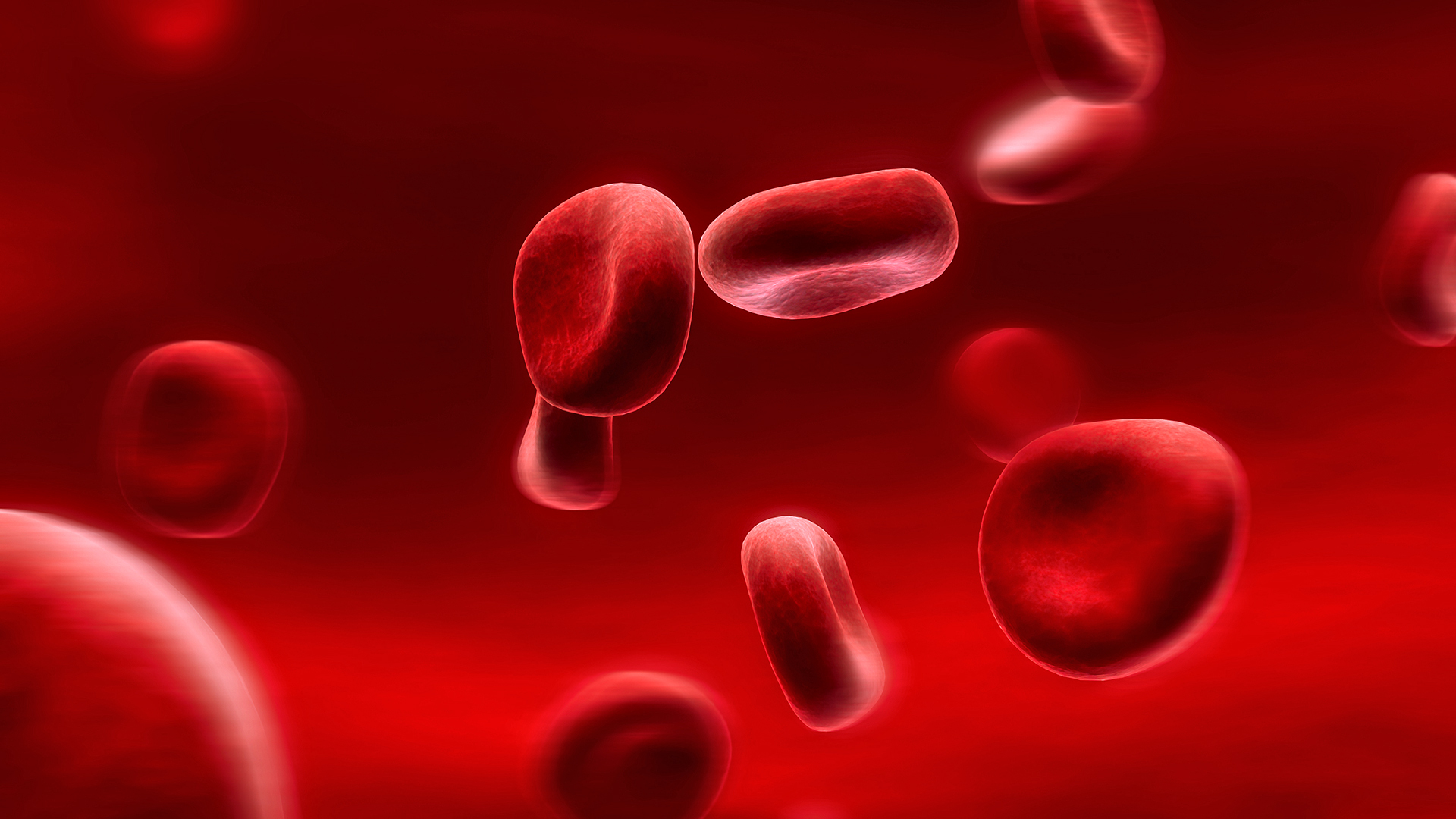World Hemophilia Day
Each
year on April 17 the international community pauses to commemorate
World Hemophilia Day. The day is set aside to bring awareness to hemophilia as
well as other bleeding disorders. Since
1989, World Hemophilia Day is the day the entire bleeding disorders community
comes together to celebrate the continuous advances in treatment while raising
awareness and bringing understanding and attention to the issues related to
proper care to the wider public. Hemophilia is an inherited bleeding disorder which impairs the body's ability to control blood clotting or coagulation. Individuals with hemophilia do not bleed any
faster than normal; however, they can bleed for a longer time. The blood of
such individuals does not have enough clotting factor. It should be noted the
clotting factor is a protein in blood which controls bleeding. The World Federation of Hemophilia states
hemophilia is quite uncommon. Approximately 1 in 10,000 people are born with
it. The World Federation of Hemophilia
estimates that 400,000
people worldwide are living with hemophilia. Alex Parkinson, co-chair of the Hemophilia
Society of Jamaica (HSoJ) stated that 278 Jamaicans are known to have the
condition. Parkinson added, hemophilia often leads to deformity of the joints,
such as elbows, knees and ankles. He
mentioned there is always a challenge to source drugs to treat hemophiliacs. In
a telephone interview Parkinson said Factor 8 and Nova 7 are two of the most
commonly used drugs to treat individuals who suffer from hemophilia. These
drugs replace the protein needed to clot the blood of those who are
hemophiliacs. The drugs he said are injectables and are administered
intravenously. The Hemophilia Society of
Jamaica over the years has partnered with the government in garnering support for
those Jamaicans who are impacted by hemophilia, especially since the drugs used
to treat hemophiliacs are quite expensive. Mr. Parkinson mentioned that the
HSOJ is desirous of getting assistance of wheelchairs from corporate Jamaica or
Jamaicans in general to assist their members who are challenged with their
mobility. He added that in some instances those with severe hemophilia are
unable to work and as such require assistance. Jamaicans who are impacted by hemophilia
can find support from the Hemophilia Society of Jamaica. The organization can be
reached through various social media platforms.
Types of Hemophilia
The
most common type of hemophilia is called hemophilia A. This means the person
does not have enough clotting factor VIII (factor eight). Hemophilia B is less
common. A person with hemophilia B does not have enough factor IX (factor
nine). The result is the same for people with hemophilia A and B; that is, they
bleed for a longer time than normal. The level of severity depends on the
amount of clotting factor that is missing from a person’s blood. Individuals with severe hemophilia usually
bleed frequently into their muscles or joints. They may bleed one to two times
per week. Bleeding is often spontaneous, which means it happens for no obvious
reason. Individuals with moderate hemophilia bleed less frequently, about once
a month. They may bleed for a long time after surgery, a bad injury, or dental
work. A person with moderate hemophilia will rarely experience spontaneous
bleeding. People with mild hemophilia
usually bleed as a result of surgery or major injury. They do not bleed often
and, in fact, some may never have a bleeding problem. People with hemophilia
can bleed inside or outside the body. Most bleeding in hemophilia occurs
internally, into the muscles or joints. The most common muscle bleeds occur in
the muscles of the upper arm and forearm, the iliopsoas muscle (the front of
the groin area), the thigh, and the calf. The joints that are most often
affected are the knee, ankle, and elbow. If bleeding occurs many times into the
same joint, the joint can become damaged and painful. Repeated bleeding can
cause other health problems like arthritis. This can make it difficult to walk
or do simple activities. However, the joints of the hands are not usually
affected in hemophilia (unlike some kinds of arthritis).
How is Hemophilia Diagnosed?Hemophilia is diagnosed by taking a blood sample and measuring the level of factor activity in the blood. Hemophilia A is diagnosed by testing the level of factor VIII activity. Hemophilia B is diagnosed by measuring the level of factor IX activity. If the mother is a known carrier of hemophilia, testing can be done before a baby is born. Prenatal diagnosis can be done at 9 to 11 weeks by chorionic villus sampling (CVS) or by fetal blood sampling at a later stage (18 or more weeks).
Treatment for hemophilia is very effective and costly. It is not uncommon for students to miss a significant number of school days due to this illness. The missing clotting factor is injected into the bloodstream using a needle. Bleeding should be treated as quickly as possible. Quick treatment will help reduce pain and damage to the joints, muscles, and organs. If bleeding is treated quickly, less blood product is needed to stop the bleeding. In the midst of this pandemic let us remember those who are inflicted by hemophilia. In support of World Hemophilia Day it is suggested we wear red even as we stay at home. Let us combine our efforts to fight against hemophilia.
Wayne Campbell is an educator and social commentator with an interest in development policies as they affect culture and or gender issues.
waykam@yahoo.com
@WayneCamo
#WorldHemophiliaDay #AllInRed #Jamaica #WHD2020 #HSOJ



Comments
Post a Comment